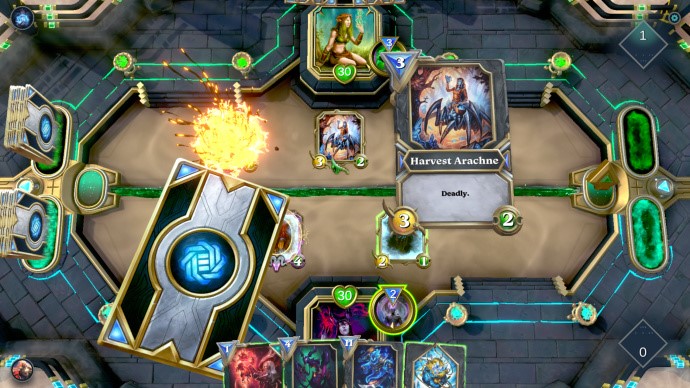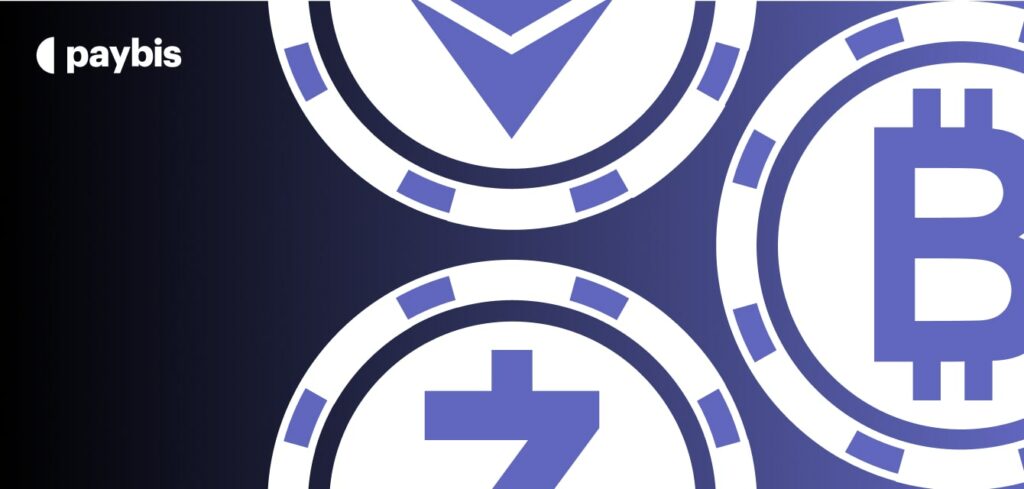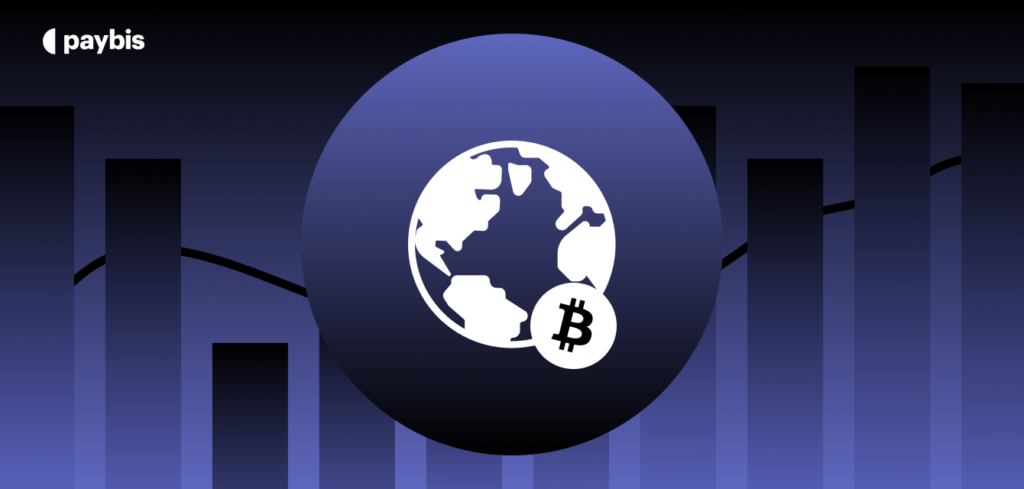GameFi
GameFi, also known as “Play 2 Earn” is a subsector of Decentralized Finance focused exclusively on gaming. The new industry adds a gamification element to DeFi, making lending/borrowing, yield farming, and token minting much easier and fun to do. In turn, this enables users to monetize their time while playing.
As the world of cryptocurrencies expands into different sectors, demand for blockchain-based games seems to be growing. The concept of provable scarcity through NFTs, paired with the introduction of DeFi, has given rise to many interesting projects. These, together, form a new subsector known currently as GameFi.
In this article we delve into the nuts and bolts of GameFi, how it has evolved until now, and what projects you should explore. We also touch upon the tools and platforms you can use to track the popularity and growth of blockchain-based games. Let’s delve in!
Table of contents
What is GameFi
GameFi, also known as “Play 2 Earn” is a subsector of Decentralized Finance focused exclusively on gaming. The new industry adds a gamification element to DeFi, making lending/borrowing, yield farming, and token minting much easier and fun to do. In turn, this enables users to monetize their time while playing.
The concept is simple but very important, especially in the current times of economic uncertainty. Participants of certain blockchain games are able to leverage their time and earn more profits than they would otherwise (e.g. while working a typical 9-5 job in a less-developed country). As such, we have seen rapid growth in GameFi coming from countries like the Philippines, Venezuela, and others.
The term “GameFi” was initially coined by DeFi pioneer Andre Cronje, in September 2020:
Gamification applied to monetary policies excites me so much.
Your funds are becoming gear to use in this defi game.
Till now we have been cloning tradfi, going forward we go into gamefi
— Andre Cronje (@AndreCronjeTech) September 10, 2020
Andre’s reputation and large network led to the term being picked up by multiple influential personalities in the crypto space, and the acronym has now entered the mainstream.
Why GameFi is expected to grow in popularity
We are currently cruising through very interesting times. The world is shifting to digital-first at a fast pace, expedited through the COVID-related lockdown measures imposed globally. Younger generations are now having more screen time daily than ever before, all while they are forced to spend more time away from their job (unless remote work is possible).
At the same time, decentralized finance is growing in popularity as well, showing the large number of opportunities that are available for those that are willing to look. With banks offering record-low interest rates for bank deposits and even negative interest rates for large bank accounts in some European countries, storing funds in a bank seems to be the wrong choice for all that understand DeFi.
Finally, the gaming sector as a whole is growing rapidly and is expected to surpass $200 billion by the end of 2023.
As a result of the above, we can see the effect that blockchain-based gaming will have in the future. Younger generations will manage to derive social, financial, and cultural value, which in turn will further increase demand for the sector.
To give an example, take a look at Axie Infinity, one of the most popular blockchain-based games. Over the past few months, demand and revenue for the game have been growing exponentially.

In April, the game generated merely $670.000 in revenue. Three months later, the game generated more than $300 million on an MoM basis, and its user base is growing at a similar pace. The picture below depicts the growth in unique platform participants following the sudden revenue growth seen in the previous chart.

Tools to track GameFi data
Knowing that this sector is still in its infancy, and by looking at the explosive growth of prior trends, there are many cash-grabbing opportunities that you can benefit from. Of course, the best way to discover opportunities is to track this sub-sector and its participants as a whole. For this, you will need to do research.
Thankfully, there are many platforms to track on-chain analytics and data related to GameFi. Here are a few to help you get started:
- Explore the top blockchain games on Dapp Radar to observe the growth of individual games and the industry as a whole.
- Check CoinGecko’s page for the top gaming coins by market cap, and delve into the fundamentals of each project separately.
- Scroll through your Twitter feed while using hashtags like #gamefi, #play2earn, #blockchaingames, and other tags relevant to the industry. This will help you discover trends early on, as well as help you get a better idea of the current market sentiment.
- Read publications related to Binance Smart Chain, as BSC is the dominant blockchain for gaming projects. A great example of a news publication is news.
Best GameFi projects
While there are thousands of blockchain-based games currently available, some have amassed a massive audience, and offer a fulfilling gaming experience. In this section we discuss the games you should keep on your radar, and why you might want to explore them for yourself.
Axie Infinity
Axie Infinity is an animated game that combines a Pokemon-like style of gameplay, unique monsters, and digital land based on NFTs. While the game is already three years old, the in-game currency, AXS, has only recently seen explosive growth in value. This, of course, follows the example we described in the chapter above.
The success of Axie Infinity (and other blockchain games) stems from several sources:
- Early investments from industry pioneers like Delphi Digital, who aggressively promote the product.
- Placement in Tier 1 trading platforms like Binance.
- Building the product and a solid user base during the bear market.
- The pandemic-related lockdowns, which have forced people of all ages to seek alternative sources of entertainment and income.
Users earn in-game currency by earning and selling Smooth Love Potions (SLP), participating in challenges, and buying/selling Axies or virtual land. Players average approximately $500 per month but the prices are currently increasing as AXS increases in value.
Learn more about Axie Infinity and how to play the game here.
CryptoBlades
CryptoBlades is a roleplaying game where users engage in battles to earn free SKILL tokens. The game is built on Binance Smart Chain and is currently the most popular gaming project on DappRadar.
The game is not listed in any Tier 1 exchange which could present an opportunity and is only 2 months old as of this writing. Many believe that the project will soon experience a surge of interest, which could make its token very valuable, given the low supply.
Users earn SKILL tokens based upon the number of challenges they win daily, as well as the number of characters they play with. Full-time gamers have the potential to earn ±$100 per day at current values.
Learn more about CryptoBlades and how to play the game here.
MOBOX
Recently listed in the Binance Launchpool, MOBOX is a platform that offers a wide range of mobile games to help users earn through playing. Users can stake their funds in liquidity pools, benefit from yield farming, and get rewarded in MBOX and scarce NFTs that can be used in multiple games. This enables users to play a wide range of blockchain-based games on the platform and earn funds from each game, all in one location.
At the moment, users can provide liquidity to the pools (CRATES) which automatically deliver the best returns by selecting the most rewarding yield farming strategy.
Learn more about MOBOX and how to play the game here.
Alien Worlds
Alien Worlds is another project that grew in popularity thanks to the exposure gained through Binance Launchpad. At the moment, it is one of the most popular blockchain games with more than 13.000 players and millions of in-game transactions.
Users get to choose between space clans and starships, which are then used to visit many virtual planets. At these planets, users can mine the ground for Trillium (TLM), the in-game currency, which can then be exchanged for other cryptocurrencies, or used to upgrade your mining equipment.
The game prioritizes player collaboration rather than competitiveness, an element that sets it apart from most GameFi projects. That said, the game is still in its early stages, and we can expect to see it develop further in the future.
Learn more about Alien Worlds and how to play the game here.
Gods Unchained

Gods Unchained is one of the first trading card games on the blockchain, made by James and Robbie Ferguson, who were both involved in the development of Ethereum. The director of the game, Chris Clay was previously involved in the development of the very popular TCG Magic: The Gathering. The strong team has helped the project get investments and support from the likes of Coinbase Ventures, and Galaxy Digital, while the company that powers the game, Immutable X, is preparing for its ICO at the moment of this writing.
The game itself is rather complex for people who haven’t previously played card games of a similar type. The game features NFT elements, and users can challenge each other to collect enough funds, which are then used to buy rare packs of cards. We expect this game to grow in popularity, as it is still in its earliest stages of development.
Learn more about Gods Unchained and how to play the game here.
A peek into the future
What started with NFTs and has now transitioned into GameFi is simply a stepping stone towards an eventual Metaverse. Due to this, we can expect to see many changes in the next few years. The biggest shifts will be positively reflected on people who are either unbanked or live in third world countries:
- Citizens of countries with weak economies will likely quit their day jobs to play decentralized games, which earn them a much higher return. This, in turn, will make “gamer” a common job title and many will be intrigued to learn more about blockchain games.
- Popular existing games will likely implement DeFi elements in the short-term future. We can already see platforms like “The Sandbox” making collaborations with popular franchises like “The Walking Dead” and others, which could lead to an increase in adoption.
- NFTs will start to become more like real-life avatars of gamers, and easily interchangeable between games. Companies like Alethea AI are currently changing the static elements of NFTs into moving characters, while we can expect many more projects to follow their lead.
Knowing the above we can assume that a large portion of investments in the gaming industry will slowly shift towards blockchain-related projects. At the moment of this writing, corporate investments in crypto games amount to merely 5% of the total annual funding offered. This can be very well due to the youth of the sector, as well as the hesitation to invest in new technological concepts. That said, GameFi is a sector that you should keep an eye on in the coming months; it could very well experience a similar growth pattern as seen in NFTs over the past year.
Disclaimer: Don’t invest unless you’re prepared to lose all the money you invest. This is a high‑risk investment and you should not expect to be protected if something goes wrong. Take 2 mins to learn more at: https://go.payb.is/FCA-Info


